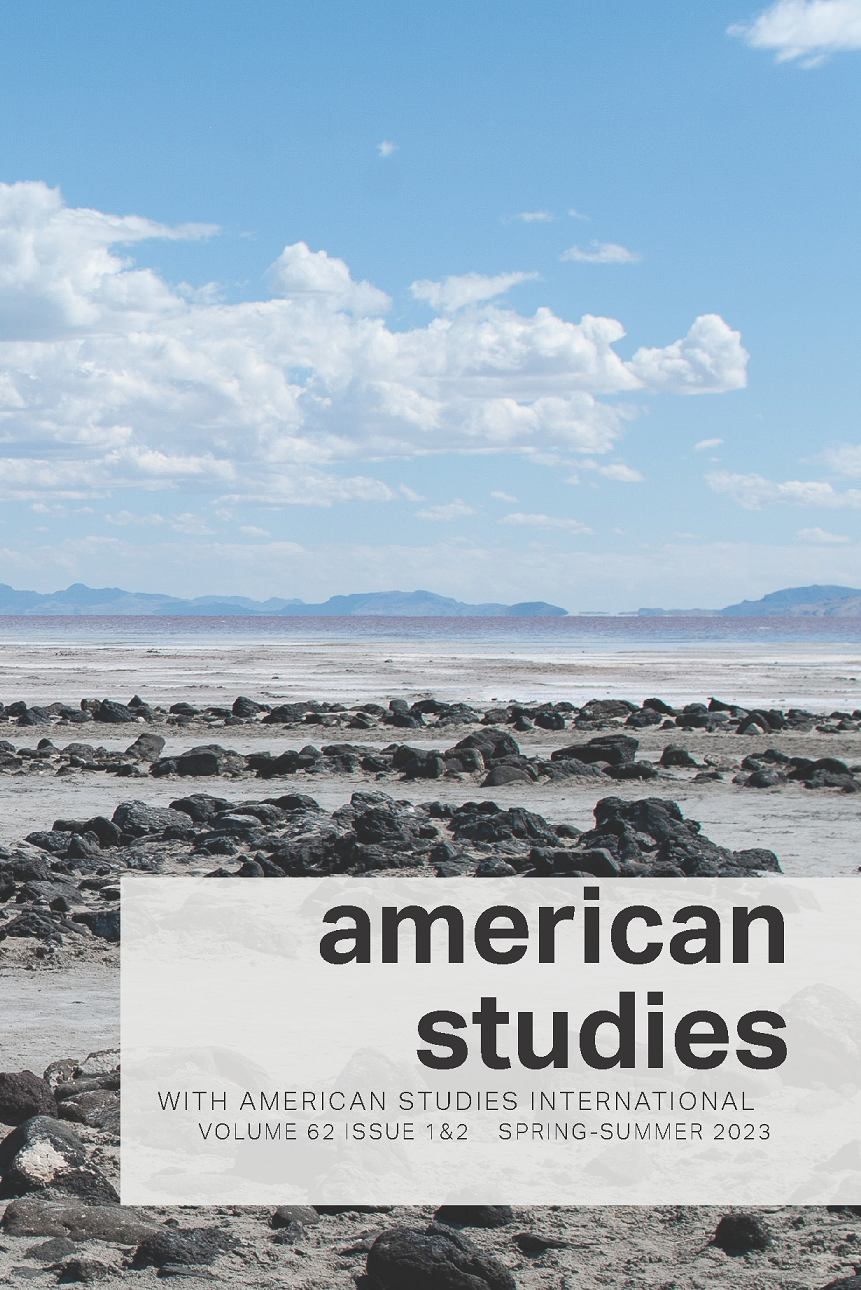Abstract
This article explores Alejandro González Iñárritu’s (2015) Oscar-winning film, The Revenant, as a border film in multiple ways. Through depictions of unstable geopolitical borders, linguistic mixing, racial hybridity, and porous cultural spaces, the film presents the early nineteenth-century western frontier of the United States as a borderland akin to that described by Chicana feminist Gloria Anzaldúa in her now classic Borderlands/La Frontera: The New Mestiza. Through this representation, the film emphasizes not only the existence of borderlands but also the processes by which borders are created by and sustained through the violence of the modern nation-state. The Revenant can also be interpreted as a border film through an understanding of the director as a border crosser whose cinematic works are informed by his experiences in both the Mexican film industry and Hollywood as a “global auteur.” Although The Revenant can be understood as a border film in multiple ways, however, this essay also argues that the film stops short of doing the more radical sort of decolonial political work that Anzaldúa advocates in Borderlands/La Frontera. Due to its reliance on certain staples of the western film genre and its focus on the white, heterosexual, able-bodied, male hero, The Revenant ultimately privileges the perspectives of white characters in its depiction of this space as a “borderlands” and falls short of enacting a more radical form of decolonial knowledge or “border thinking.”
All items © Mid-America American Studies Association
Authors: If you prefer to remove your text(s) from this database please contact the editor.

